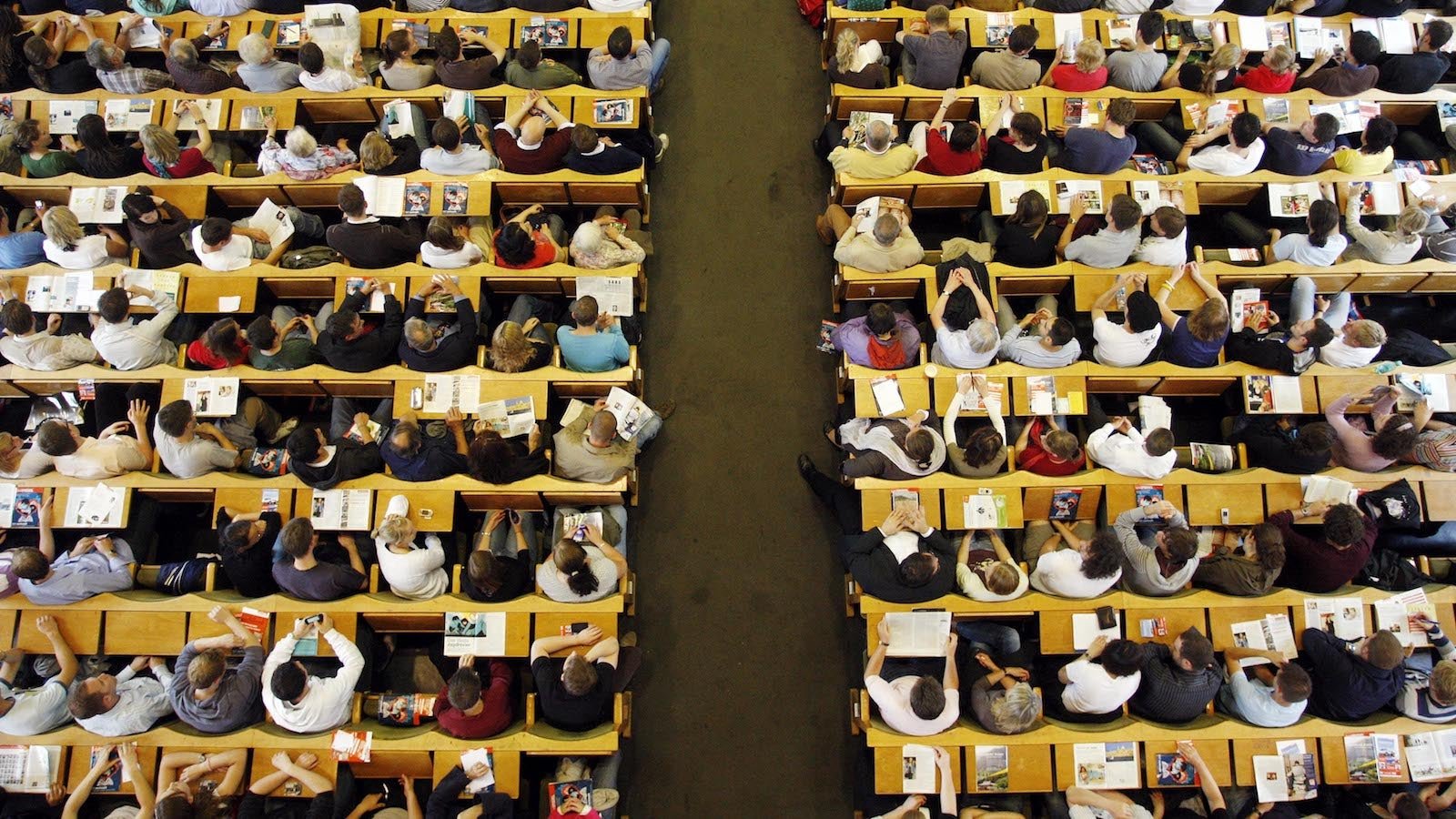The psychology behind why you always want to sit in the same seat
Ever noticed that you’re stuck in your ways when it comes to seating preferences? Do you always sit in the same chair when you enter a conference room, select the same bike each time you take a spin class, or choose the same side of the plane when pre-selecting a seat?


Ever noticed that you’re stuck in your ways when it comes to seating preferences? Do you always sit in the same chair when you enter a conference room, select the same bike each time you take a spin class, or choose the same side of the plane when pre-selecting a seat?
It’s not just you: It’s environmental psychology.
This behavior is an expression of “territoriality.” Territoriality is a spatial organizing mechanism that expresses itself in surprising ways. “Usually territoriality is thought of in terms of aggression and defense, such as when nations or gangs fight, but actually its most common purpose is to keep the peace,” says University of Victoria psychology professor Robert Gifford. “Most of the time most people claim a space and others tacitly agree to it.”
In case of classrooms, always choosing the same spot allows students to effectively regulate and control their relationships with their fellow students in a shared space, which makes them feel more comfortable and less vulnerable. Building off earlier studies, Marco Costa, a psychologist at the University of Bologna, decided to objectively track student seating habits.
Over the space of four weeks, he used unobtrusive photography to record the seating habits of two university lecture halls containing 47 and 31 students respectively. The study was conducted using freshmen at the start of the term to minimize the impact of friendships dictating seating arrangements. He also chose classrooms in which there were sufficiently more seats than the number of students enrolled, thus allowing students more degrees of freedom as well as preempting the possibility of crowd pressure. Using this data, he then estimated the mean displacements and territory dimensions to see the seating patterns.
He found that most students choose the same seat over and over. Their behavior reflects the act of developing small personal territories around a seat, which makes them feel more comfortable. He also observed that even if students can’t “personalize their space and defend it against the invasion of other users when they are absent,” they still sat in the same positions. He concluded that the choice of the same seat helps students gain control of their environment and achieve academic and personal goals with minimal interference.
This behavior was further reinforced in a study by Gilles Clement of Lyon Neuroscience Research Center and Angie Bukley of International Space University. Their goal was to determine how fast students settle into a specific seat location—if they do at all.
They studied students’ seat selection in a lecture hall over two academic programs for 19 and 44 days. In order to further refine their observations of how seating patterns develop, they collected hourly data using unobtrusive photography. Their findings demonstrated that students start settling into their preferred seats starting from the second day of class, and by the end of the first month in the longer course, over half of the students were sitting in the same seat every time.
Such studies have continued getting more granular. Naz Kaya, an independent educational psychologist, and Brigitte Burgess of the University of Southern Mississippi wanted to look at how both gender and the design of a classroom affect seating choices. They observed classrooms with rows of tablet-arm chairs, U-shaped arrangements, clusters, and rows of tables with individual chairs. They saw that some variation depended on classroom layout, but more significantly, they found that women settled into the same seats more often than men, regardless of classroom design. They concluded that this could be because women often carry a handbag in addition to their notebooks or textbooks, which may lead to the desire to claim a seat that will allow more space.
But what effect might this have on learning? According to Temple University professor Ralph B. Taylor, who is the author of Human Territorial Functioning: An Empirical Perspective on Individual and Small Group Territorial Cognitions, by establishing a personal territory, occupants avoid the daily need of negotiating with the external environmental. Because they’re not wasting mental energy making themselves psychological comfortable in a new position every day, it makes it easier for them to achieve their goals, like concentrating on the lecture at hand.
In other words, sitting in the same place every class might set you up for a more optimal learning environment. “Understanding how territoriality affects social interaction and classroom behavior makes it possible to create an environment that is more…conducive to learning,” Kayla says.